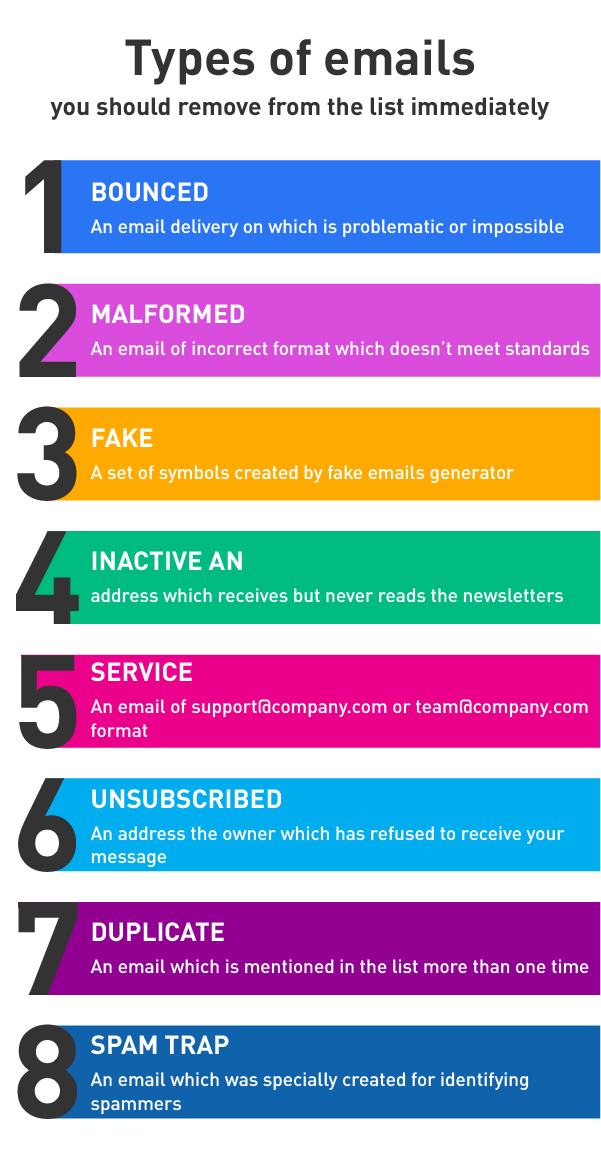

If your digital product sends transactional or even commercial messages, make sure to implement Sender Policy Framework. If the email has been sent from one of these addresses, it’s not forged and can be let in. The decision is made using the SPF information in TXT records as for the list of authorized IP addresses within a particular domain. In plain English, SPF is a protocol according to which the mail servers decide whether to receive or reject an incoming email. Eight years later, SPF was approved as a proposed email authentication standard. Sender Policy Framework appeared officially as an experimental standard in 2006. Some of them are either unclaimed or have been deprecated. You can also encounter other authentication methods like ADSP, Sender ID, iprev, and so on. SPF, DKIM, and DMARC differ in technical implementation, butthey all draw on DNS records.

This record contains data about the trusted servers authorized by your domain so, your ISP can identify a source an email is coming from and detect a forged email. ISP can authenticate the email using a dedicated TXT type record, SPF record. For example, an email comes from a server to your internet service provider (ISP).

It’s a must-have for email authentication. It is mostly used to denote facts about the domain and provide information to outside sources. Find out more about the Sender Policy Framework to increase the credibility of your product. This secures your reputation from phishers and spoofers. It is a type of email authentication to protect your emails from being forged. Today, an SPF record is a must-have DNS record for reliable email delivery.


 0 kommentar(er)
0 kommentar(er)
